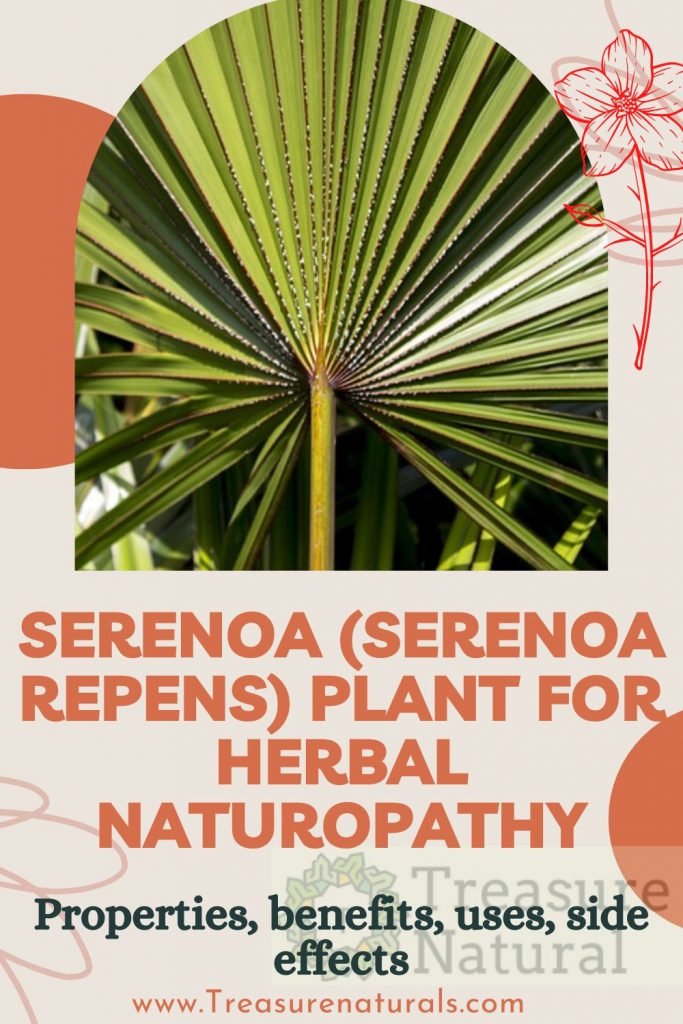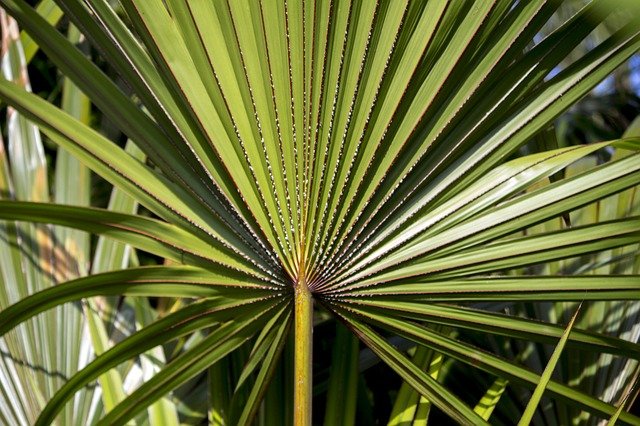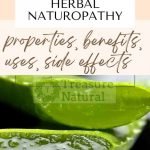
Serenoa ( Serenoa repens ) is a plant of the Arecaceae family. Known for its rebalancing action on the hormonal system, it is useful against alopecia and prostate problems. Let’s find out better.
Property of the serenoa
The fruits of the serenoa perform a rebalancing action on the hormonal system, mainly male, and are used in the treatment of prostate disorders and alopecia (androgynous baldness), which afflict a large number of men. The active ingredients contained in the plant are sterols, free fatty acids, carotenoids, essential oils and polysaccharides. The mechanism of action of the phytocomplex depends on the combination of an antagonistic effect on sex hormones, with an anti-inflammatory and diuretic action.
The serenoa is successfully used in the treatment of diseases of the male uro-genital system, in the first stage benign prostatic hypertrophy ( BHP ), in which urinary disorders, “dysuria” predominate. It is also useful in the second stage, in which urinary retention increases, as the diuretic property stimulates the poor urinary flow, typical of this disease, for which the bladder never empties completely, but a residue always remains; allowing the “washing” of the urinary tract and the elimination of bacteria through the urine stream.
The antagonistic action is aimed at the link between dihydrotestosterone and the androgen receptor. The beta-sitosterol, in fact, contained in the fruits of the serenoa, inhibits the enzyme (5-alpha-reductase) involved in the transformation of testosterone into dihydrotestosterone, a biologically active metabolite, which stimulates cell proliferation, thus causing tissue hypertrophy. prostate, and the formation of dandruff and excess sebum on the scalp, up to the miniaturization of the hair and its fall. The antiestrogenic effect, is able to drastically decrease estrogen receptors, which on the one hand enhance the hormonal action in the development of BHP; on the other hand they are among the causes responsible for male impotence.
The anti-inflammatory and anti-edema action is due to the ability of the serenoa to reduce capillary permeability, induced by histamine, and cervicoprostatic obstruction. Numerous studies have shown that the plant acts specifically on the cell of the prostate tissue, limiting cell proliferation, which causes enlargement and inflammation of the prostate. This congestion and enlargement, which occurs in most men over the age of fifty, compresses the bladder and constricts the urethra, resulting in difficulty urinating and frequent urge to urinate.
How to use
800-1000 mg of dry extract of the fruits of serenai capsules or tablets 2 times a day
40-50- drops of mother tincture 2 times a day between meals
Contraindications of serenoa
There are no particular contraindications in the use of serenoa, if not allergies in case of hypersensitivity to one of the components. In rare cases, some side effects , such as nausea, vomiting and diarrhea, are possible.
Description of the plant
Fan-shaped dwarf palm (reaches between 2 and 4 m in height) with leaves between 1-2 m long, having a simple petiole, equipped with delicate thorns and to which 20 leaflets varying between 50 and 100 cm in length are attached .
The flowers are yellowish and white and produce a dense inflorescence up to 60 cm long. The fruit is a reddish-black drupe and represents an important food source for wild animals.
The habitat of the serenoa
It is a plant native to the south-east of the United States, Florida in fact; it grows mainly along the coasts and along the coast of the Atlantic Ocean in dense thickets or in the undergrowth of pines and broad-leaved trees in southern Europe and in North Africa.
Background

Native Americans used the berries as food, but also to treat various urological dysfunctions, inflammation of the prostate, erectile dysfunction and testicular atrophy. Women have used the berries to treat infertility, as a remedy for menstrual pain and lactation problems.
For at least 200 years the dry extract has been used for disorders related to the reproductive system . Already at the end of the last century, the extract was listed in the official overseas pharmacopoeia.
Currently, several researches have been carried out on fruit extracts and it has been possible to demonstrate the efficacy of serenoa in the treatment of symptoms of benign prostatic hyperplasia (enlarged prostate and in the treatment of male pattern baldness).






